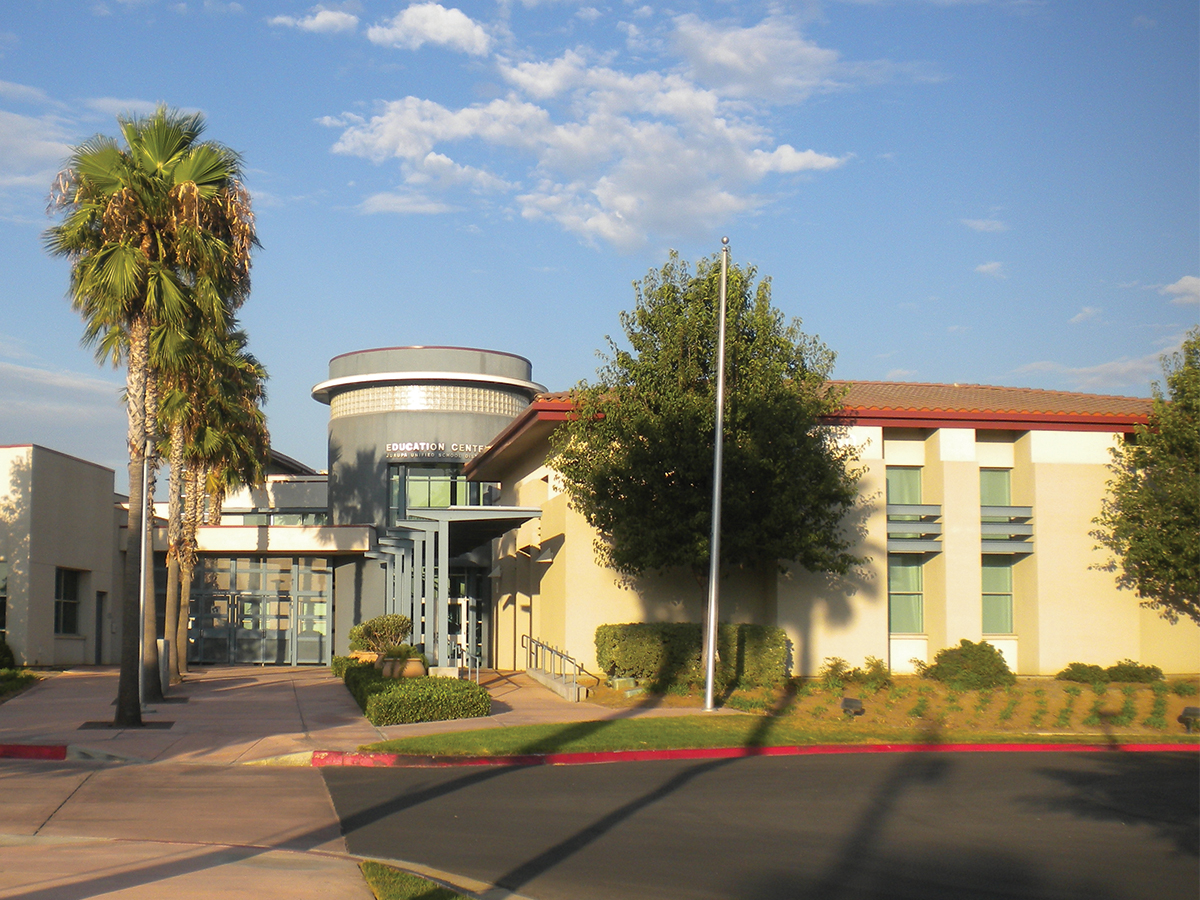
Local school districts in Riverside County have recently undergone cost-cutting strategies, which include reducing staff and decreasing the number of services offered by after-school programs to accommodate rising minimum wage levels and flat state funding.
After-school programs receive funding from both state and federal sources; however, the state funding, which comes from the After School Education and Safety program, has been a consistent appropriation of $550 million since the program’s initiation in 2002. The State of California has not been allocating more money to account for the increases in minimum wage, which started at $6.26 in 2002 and is currently $10.50 and expected to increase to $15 by the year 2020.
Lorraine Mooney, director of curriculum and assessment of the Jurupa Unified School District (JUSD), mentioned that, despite the state’s flat funding, the state is not interested in lowering education funding. “California is a progressive state that understands and is currently paving the way as a leader of progressive education reform. There (may) even be senate action to increase the flat funding in the future,” Mooney claimed.
To supplement state funding, California receives federal funding from the 21st Century Community Learning Centers grant of about $132 million. Under President Donald Trump’s new budget, this grant could be facing either complete elimination or a dramatic decrease because of his proposed $1.2 billion cut from after-school programs. “Not only is this a great cause for concern because our district receives both forms of funding, but also disheartening to understand that education is not a priority to the federal government,” Mooney said of the grant’s potential dissolvement.
Mooney also mentioned several possible solutions to keep after-school programs running; for example, JUSD, along with many other districts in the county, has augmented the lack of funding by “asking each family to pay a $50 registration fee for the year. The parents understand that $50 for an entire year for their children to come in, get a nutritious snack and be enrolled in the program until 6 p.m. in a place that is well-run and enriching, is a really good deal.” Mooney also emphasized that “we (JUSD) do everything we can to not eliminate jobs because this district is very, very teacher focused.” Another potential solution would be through developing partnerships with corporations such as Target and Walmart, who might be able to donate supplies and materials for students.
In an interview with the Highlander, Chief Governmental Relations Officer Jeffrey Vaca in the Riverside County Department of Education discussed Sacramento’s plans, stating, “Increasing education funding from the state is something that’s been recently proposed. Since, we’re entering into the home stretch of the state budget process right now, we can’t really discuss the results but they would like to increase funding.” The Local Control Funding Formula (LCFF), passed in 2013, gives school districts the authority to delegate which programs and services to spend state funding on. Vaca suggests this act could be a useful tool for school districts in Riverside County to utilize and help prioritize after-school programs.
Daniela Digiacomo, a postdoctoral student in UCR’s School of Education, supports the maintenance and preservation of after-school programs. Like many other education researchers, Digiacomo is a proponent of the sociocultural learning theory which states that social interaction, from such programs as after-school programs, plays a fundamental role in cognitive development. Informal learning followed by after-school programs “has so much that we can learn from and can be translated into school environments, or formal learning. After-school programs tend to support a sense of social belonging, tend to encourage curiosity and diversity of engagement, tend to have intergenerational peers and partners and tend to be less focused on assessment,” Digiacomo said.
She also proposed several solutions that involved longer learning hours to facilitate the integration of after-school program activities into the regular school day. Another solution she proposed involved, “reinstating the same ideals that after-school programs represented by developing community partners and cross-funding between those areas,” explained Digiacomo. “At the same time, there are things that we can do to get creative with time and staffing in terms of shifting teachers and scaffolding.”
She concluded by agreeing with Vaca and Mooney, emphasizing that educators, the community and administrators “think about how beneficial the opportunities for learning throughout the day actually are. We need to make sure learning opportunities are equitable for all students as well as enable and support students to get the type of 21st century skills that they need and deserve.”








